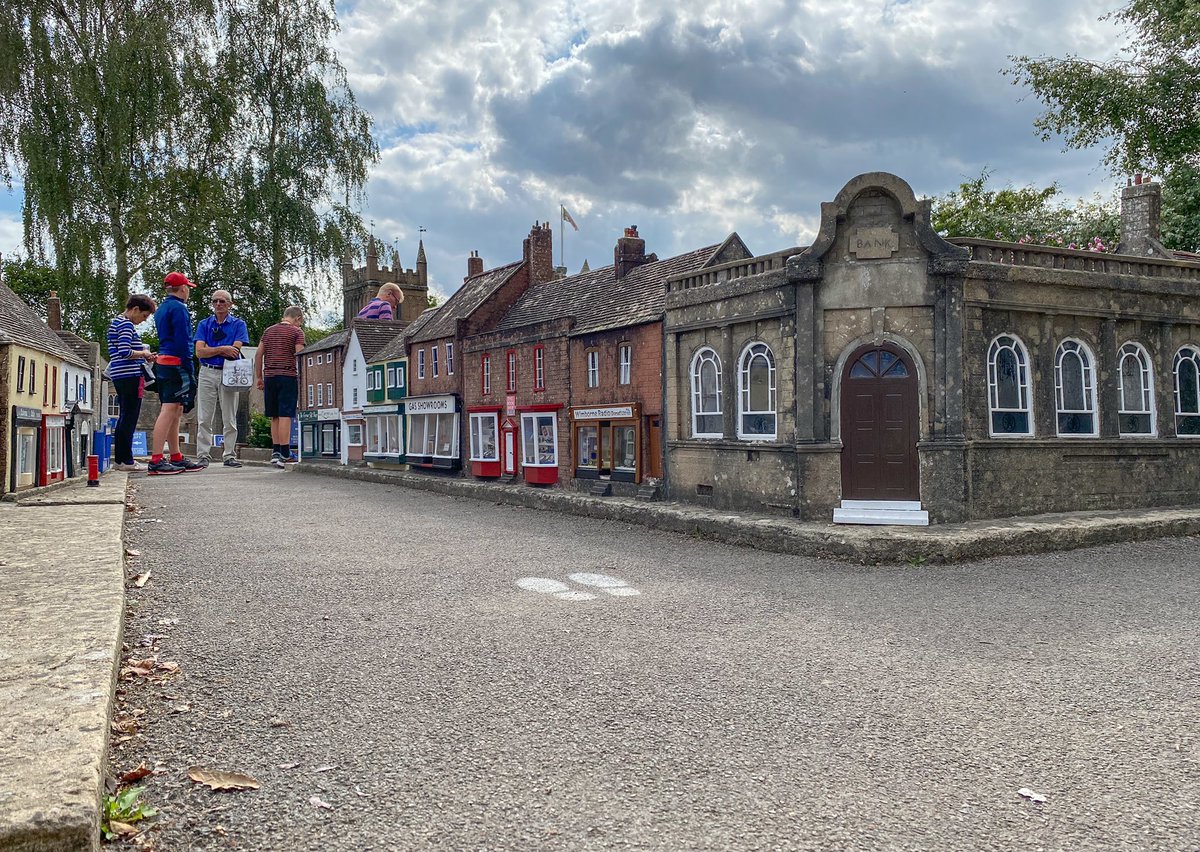As Twitter’s model village correspondent, today I visited @WimborneModTown in Dorset to check-in on progress, now our dear government have relaxed tourism rules on model villages opening. And I have the following to report: (1/6) 

Firstly, @WimborneModTown is still a near-perfect replica of Wimborne as it was in the 1950s. In fact, it still looks pretty much like parts of Wimborne today. But with fewer cars, and today it looked ACE (2/6) 







The @WimborneModTown team (it’s a charity!) have been busy. They’re replacing old crude wooden windows with 3D-printed replicas from original drawings/photos. And chimney-pots too: at adult-eye level this makes the whole town SO realistic. Thx all at cobnut3d.co.uk (3/6) 







Pleased to report that the indoor @WimborneModTown interactive 00 gauge model railway is FULLY working and not only has Thomas but now has an actual London Underground tube railway line too with working underground colour signals. You can push buttons and everything (4/6)
There’s a brill display on the history of @WimborneModTown - why it was built, how it fell into disrepair and how a band of terrific local folk transported it as a MASSIVE 3D jigsaw across town to restore it as a wonderful charity fundraiser and community project. (5/6) 





To conclude. @WimborneModTown in #wimborne is V MUCH OPEN, doing teas & cakes and has a lovely team welcoming all in a perfectly one-way/socially-distanced-but-unnoticeable way. Model villages are brill, but they need us, and I hope you’ll visit one them soon. Cheers! Tim. (6/6)
• • •
Missing some Tweet in this thread? You can try to
force a refresh





























